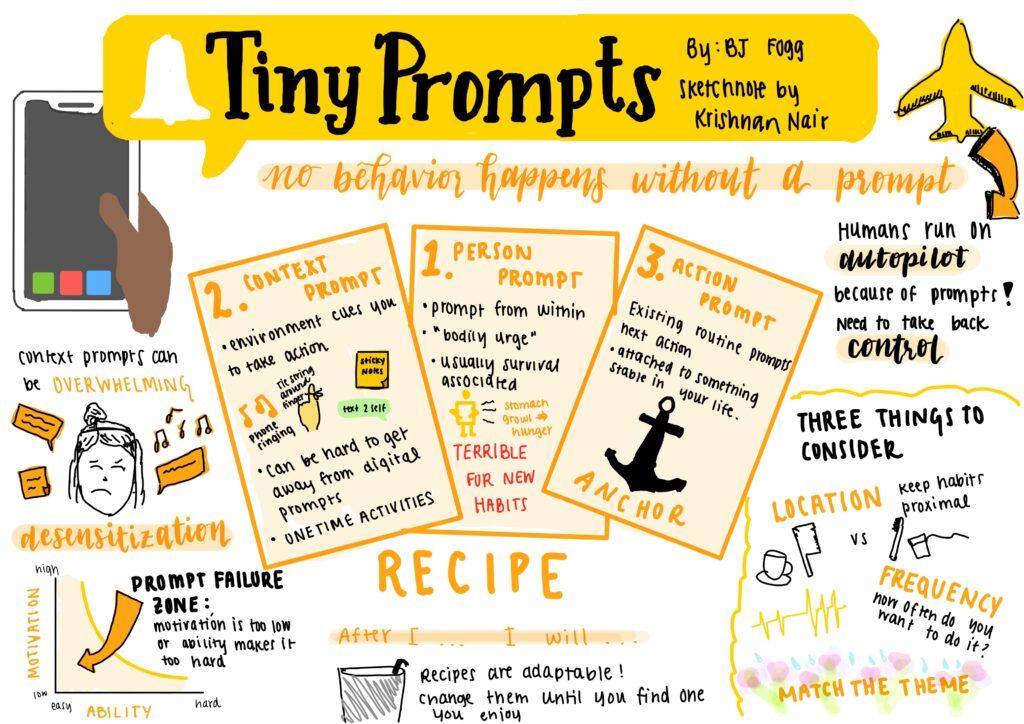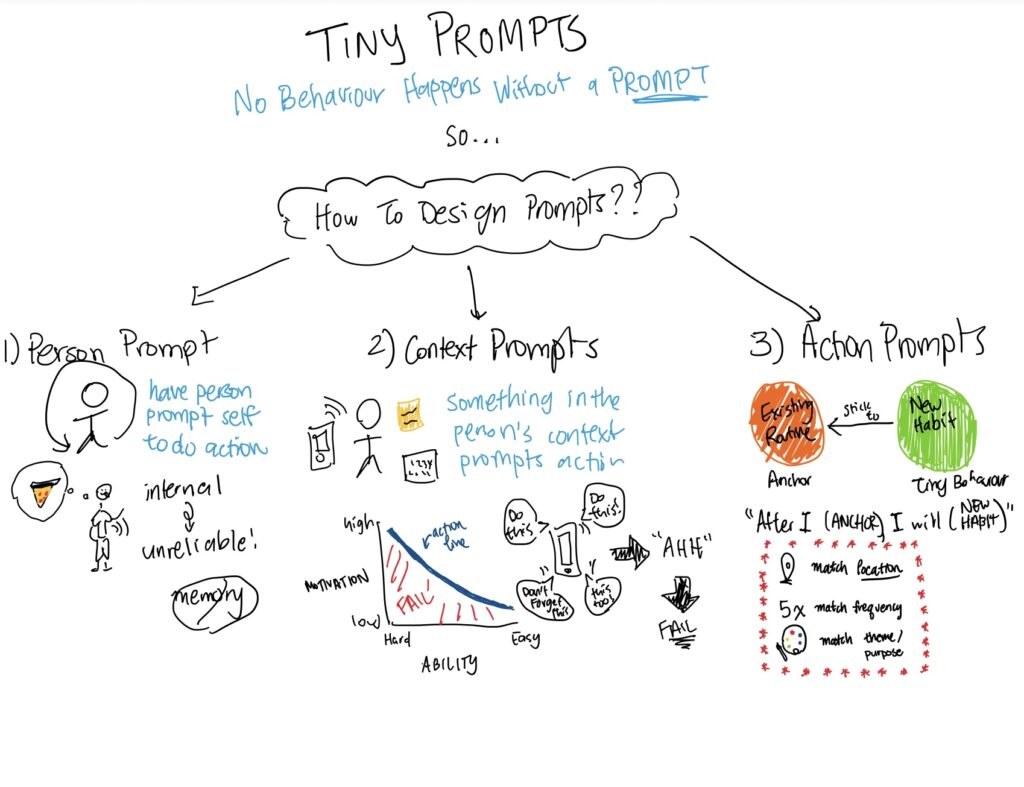Which markets do Isolde and Emanuel target respectively? How do their respective business/revenue models align with their markets?
Isolde and Emanuel indeed target very different markets: while Isolde targets the “stuff”, Emanuel targets the “machines”. Isolde and Siiquent decided to seek profit from compunds, test kits, and other consumables due to little hope of earning high profit margins on instruments. On the other hand, since there are numerous providers of compounds for Teomik’s instruments, Emanuel and Teomik were able to earn large margins on patent-protected devices as big funders and institutes (customers) didn’t balk at high instrument prices. One thing to note is that none of them make money from the service although having service as one of their main competitive advantage and selling point.
What are the pros and perils of “imposing the structure of a single revenue model” vs. “letting [the company] continue on its flexible way”?
The biggest advantage of a single revenue model is that it offers more clarity, structure, and guidance to selecting customers and reacting to competitors. It also streamline operations and resources within the company while allowing for structured approaches to growth and scaling in the future. However, it would be difficult for the two business models to merge in a strategic way and to optimize profit from both Siiquent and Teomik.
The biggest advantage of letting the company continue on its flexible way is that it can allow Siiquent and Teomik to give customers what they want and respond to competitor’s initiatives quickly and as circumstances change. The biggest peril may be any unforeseeable consequences due to random reactivity and complexity in operations.
Pretend that the CEO has decided the department heads must merge their divisions together. As a star PM assigned to mediate this interaction between department heads, how would you scaffold the discussion to ensure a fair merging process?
First, I would arrange meetings to gauge top priorities from both divisions. These priorities and objectives will guide the merge. Then I would map out how the revenue model, operations, marketing, etc. should change due to the merge and constantly gauge feedback from both divisions. Lastly, I would present a detailed plan and report to the executives from both divisions to seek approval of the plan.
To facilitate communication between department heads, I think it is key to have a purpose for every meeting to conduct meetings efficiently. It is also important to foster open communication between all functional units of the two divisions and allowing employees to speak up on their opinions. In combination with constant feedback for the plan, these actions will really help with the merging process.

A Higher Common Sense
A place for Writings about Evidence-Based Design


